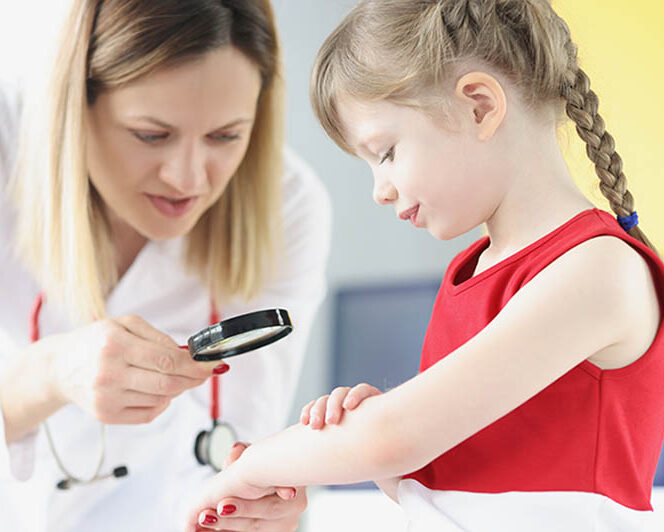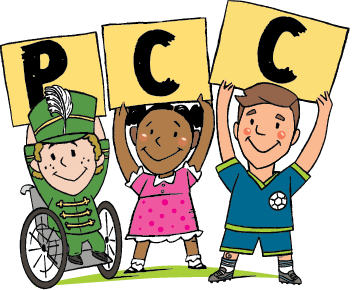Home » Common Childhood Illness FAQs » Rashes
What You Should Know
Rash FAQs

Rashes are another common problem in children, toddlers and infants. They can develop because of an allergic reaction, viral infection, fungal infection or a serious medical condition. Often they clear up themselves without needing the care of a doctor.
Simple surface rashes should just be monitored. If they don’t get worse and your child isn’t experiencing other symptoms, the rash will likely run its course.
You must first determine the cause of the rash on your child in order to determine the course of treatment for the rash. If the rash is caused by an allergic reaction, you may want to give your child over the counter medication such as Benadryl. Could it just be diaper rash in your toddler or infant? There are many over the counter creams for diaper rash as well. Even if you can’t determine the cause of the rash, narrowing down whether your child is sick, came in contact with an allergen, simply has diaper rash or perhaps something more serious, will help your pediatrician if you need to take your child to the doctor.
To help ease discomfort, you can apply a wet cloth on your child’s rash if the skin is not broken. Try to also keep your child from itching it as that can further irritate the area.
If your child is experiencing any of the below with their rash or is younger than six months of age, contact your pediatrician immediately.
- The rash is accompanied by a fever
- Your child is having painful urination
- There are bruises not related to the rash on your child
- The rash is a butterfly shape across the nose and cheeks
- Your child has hives
- The rash is worse in skin creases
- The rash is widespread and your child’s lymph nodes are swollen
- Your child is having trouble breathing
Another test you can perform on your child’s rash is to determine if the rash blanches, meaning goes away or turns white when pressure is applied. Rashes that blanch when touched are the most common types of rashes, often caused by allergies or a virus and are usually not serious. If the rash is non-blanching, you should contact your doctor.
To test for a blanching or non-blanching rash:
- Gently press against your child’s rash with your fingers
- Quickly pull your fingers away to look at the rash. The rash will disappear or turn white if it’s “blanching rash”
- If the rash does not disappear or turn white and has dark purple or red blotches, it could be something more serious and you should call your healthcare provider
Other times, the rash is a symptom of some other childhood ailment. In addition to the blanching / non-blanching test above, if your child’s skin is bright red, or feels like it’s burning, you should consider care. Also, if the rash creates open sores, then you want to seek medical treatment.
When the rash is a symptom of something else, the rash could be from:
- Roseola
- Hand-Foot-Mouth Disease
- Fifths Disease
If your child has a history of a staph infection or could have been exposed to Methicillin-resistant Staphylococcus aureus (MRSA), you also want to seek medical care.





